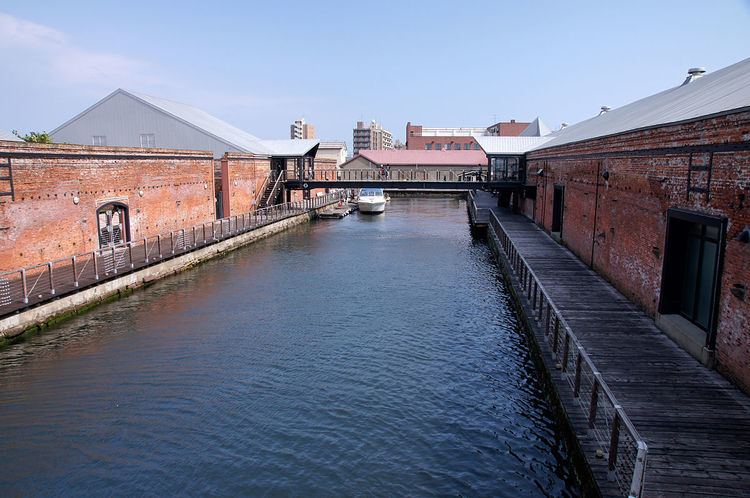 | ||
Groups of Traditional Buildings (伝統的建造物群, Dentōteki Kenzōbutsu-gun) is a Japanese category of historic preservation introduced by a 1975 amendment of the law which mandates the protection of groups of traditional buildings which, together with their environment, form a beautiful scene. They can be post towns, castle towns, mining towns, merchant quarters, ports, farming or fishing villages, etc. The Japanese government's Agency for Cultural Affairs recognizes and protects the country's cultural properties under the Law for the Protection of Cultural Properties.
Contents
Municipalities can designate items of particular importance as Preservation Districts for Groups of Traditional Buildings (伝統的建造物群保存地区, Dentōteki Kenzōbutsu-gun Hozon-chiku) and approve measures to protect them. Items of even higher importance are then designated Important Preservation Districts for Groups of Traditional Buildings (重要伝統的建造物群保存地区, Jūyō Dentōteki Kenzōbutsu-gun Hozon-chiku) by the central government. The Agency for Cultural Affairs then provides guidance, advice, and funds for repairs and other work. Additional support is given in the form of preferential tax treatment.
As of September 22, 2015, 110 districts have been classified as Important Preservation Districts for Groups of Traditional Buildings. An additional district has been designated at prefectural and eighty-three at municipal levels.
Criteria
Important Preservation Districts for Groups of Traditional Buildings are designated according to three criteria:
- Groups of traditional buildings that show excellent design as a whole
- Groups of traditional buildings and land distribution that preserve the old state of affairs well
- Groups of traditional buildings and their surrounding environment that show remarkable regional characteristics
Usage
The table's columns (except for Remarks and Images) are sortable by table headings. The following gives an overview of what is included in the table and how the sorting works.
